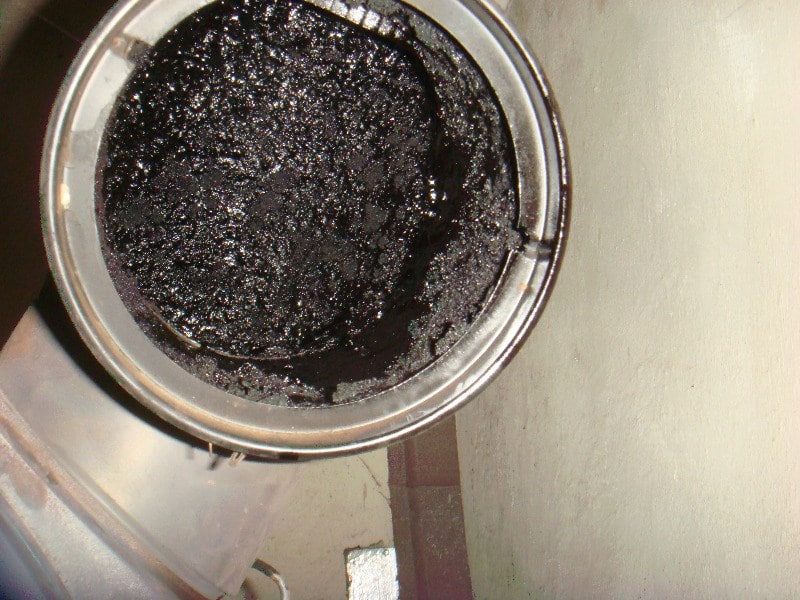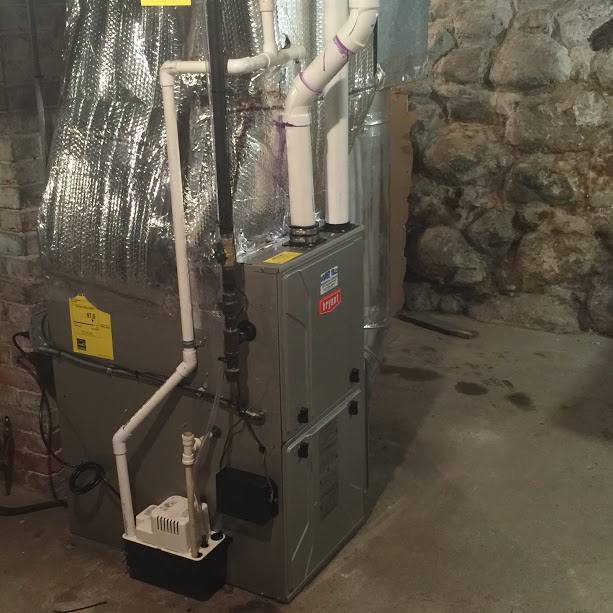Why is there Soot in my Furnace?
If you have an oil or gas-fired furnace, you may sometimes notice an accumulation of soot. This is not uncommon and shouldn’t always be cause for alarm. The seriousness of the situation depends on where the soot has accumulated. Nevertheless, there are occurrences that indicate hazardous problems. Let us delve into the places where you are likely to encounter soot and why you may need to call upon Riley Plumbing Company for professional help.
Partial combustion
The presence of a large amount of soot around your furnace can indicate that your furnace is giving off carbon-monoxide due to partial combustion. If you have a carbon monoxide detector in your home, this might start going off to tell you – if you don’t have one, it’s a good idea that you do.
If your furnace isn’t combusting it’s gas or oil fully, the soot will be originating from the burner. As the furnace burns the fuel to produce heat, some remnants are left behind as the process continues. This phenomenon is referred to as partial or incomplete combustion.
One of the byproducts of combustion is carbon, the main element in the black soot that you observe around your furnace. Normally, it is transferred safely out of your house through the heat exchanger.
If the vent setup in your house has an issue, the soot may start appearing in other places. If you notice a large amount of debris and soot, the air inside your house could be contaminated by carbon monoxide. The most common symptoms of CO poisoning are headache, dizziness, weakness, upset stomach, vomiting, chest pain, and confusion.
If you are suspicious that your furnace is poisoning the air in your home, contact us immediately.
Burners
As you have probably noticed from the information above, it is quite common for small quantities of soot to collect on older furnace models. The build-up occurs due to natural processes.
However, a high concentration and buildup of soot around the burners eventually affects the ability of the appliance to ignite properly. The dirt that accumulates over time reduces the intensity of the flame produced by the burners, leading to a low heat output.
Let’s not forget that more power is needed for heating purposes. This is likely to result in increased energy bills. One way of concluding the presence of soot in your furnace is if you notice higher energy charges that keep rising every month.
If the sedimentation of the black soot continues, don’t be surprised if the gas burner in your furnace fails to ignite completely.
Pilot light
The pilot light is affected in a similar manner to the burners. It gets coagulated with soot after running for years or if there is a problem with the ventilation system that gets rid of the byproducts of incomplete combustion.
If your furnace makes use of a standing pilot light, your experience may be troublesome. This is because it prevents ignition or affects the stability of the flame. Problems with your pilot light are likely to present themselves in the form of yellow flames as opposed to normal blue flames. If you notice such incidences, give the pilot assembly a quick check.
Ducts
Soot in the ducts pose a critical risk. If it collects around the region where the ducts connect to the furnace, you may be dealing with a leaking heat exchanger. This will introduce the byproducts into the air around your house, contaminating the safe environment. The highly toxic carbon monoxide is likely to be released this way.
If you notice a high amount of soot in areas around the furnace, turn the appliance off and call us immediately.
When is it suitable to service the furnace?
Proficient plumbing and heating companies such as Riley Plumbing recommend that the unit be cleaned if the soot sediments found in the surroundings or around the flue are more than a millimeter. The soot problem is not likely to solve itself and regular maintenance is needed to help uphold high furnace efficiency.
Some proactive methods are sure ways of increasing the longevity of the furnace.
To learn more, contact Riley Plumbing Company for a reliable furnace inspection and repair. We provide steadfast, reliable and safe services including faucet repair, heating repair, tankless water heaters and furnace installation. Give us a call on 860-225-1534 for all your heating and cooling needs and emergencies.






Recent Comments